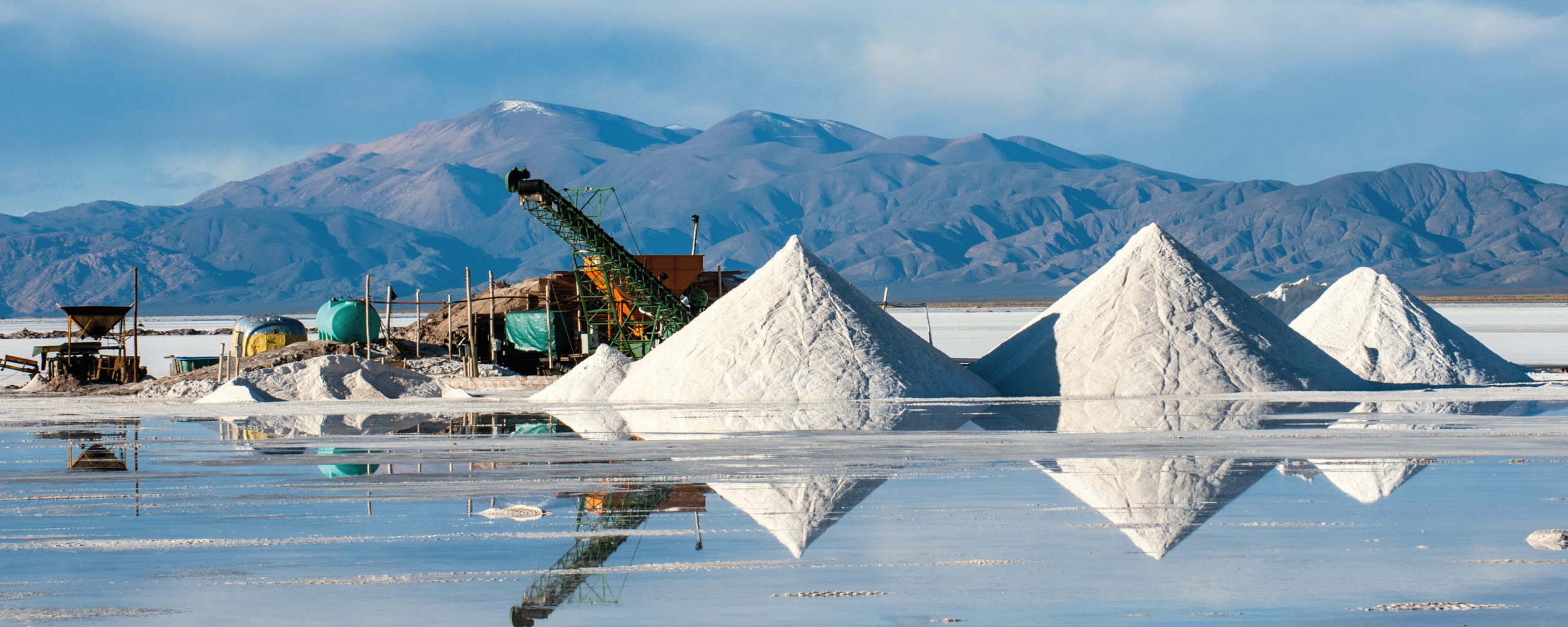
With the popularity of EVs growing far faster than predicted, lithium will continue to be a hot commodity in 2018.
According to Benchmark Mineral Intelligence, a surging demand for EVs is expected to push demand for lithium-ion batteries above 400 GWh by 2025. That means the supply of lithium - a key component in the batteries - will need to reach 400,000 to 500,000 tonnes by the same year. In addition to this, global lithium-ion battery demand is expected to grow between six and seven times by 2026, which will require a battery pipeline of nearly double of what exists today.
One of the biggest trends for the industry in 2018 will be the introduction of more raw material feedstock and whether there is the necessary capacity to process this material in the short-term. However, while lithium reserves are large, bringing projects into the lithium market is lagging far behind demand.
Brownfield expansions are the lowest risk and the fastest to market, while access to finance is a core challenge for new projects. Other challenges include:
- Limited industrial experience optimizing lithium projects (e.g. when compared to gold and copper)
- Low concentration of lithium with a broad range of ore contaminants
- Slow development cycle of brine projects compared to hard rock projects
- Too many lithium projects therefore only successful projects will be the first quartile for costs or fast to implement.





